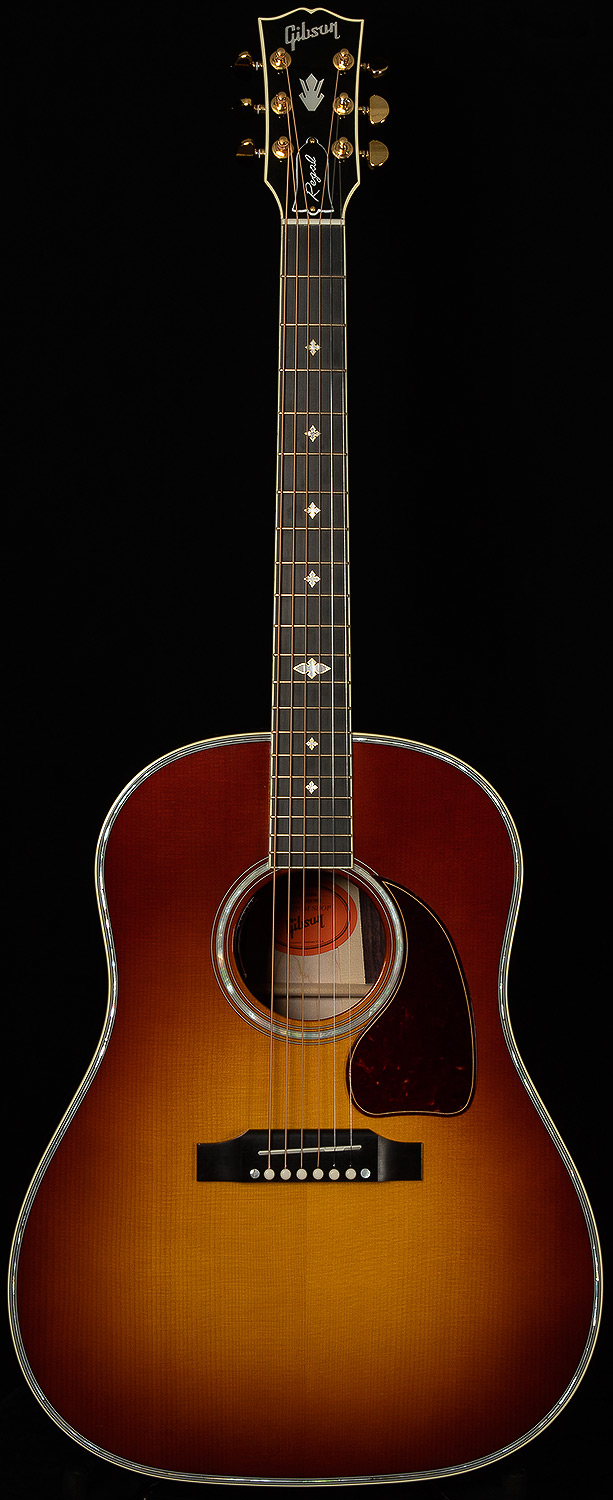2020. 2. 19. 15:00ㆍ카테고리 없음
Evaluating your DobroAcquaint yourself with the history of the Dobro guitar.The Dobro story begins with the five Dopyera brothers, stakeholders in the National Instrument Company in the 1920s. John and Rudy held patents on instruments they'd invented and left National to form the Dobro Corporation (short for Dopyera brothers). National attempted to duplicate the Dopyeras' guitar designs during the Depression as Dobro instruments rose in popularity, but Dobro acquired National and gave the Regal Instrument Company of Chicago a license to manufacture and distribute Dobros.World War II stopped factory production, and in 1967, Rudy and Emile Dopyera founded Original Music Instrument Company, regaining the Dobro rights by 1970. Gibson acquired the Dobro name in 1994.Examine your Dobro.Use the magnifying glass and flashlight to scrutinize the wood, finish and overall instrument for cracks, dings, checks and separation at the neck joint, bridge or binding.Lay the straightedge along the fretboard to determine neck straightness. Check the tuners for smooth operation.Note any missing or worn hardware, plastic parts or oxidation on plated parts.These factors affect your instrument’s value.Inspect your instrument carefully with the flashlight to determine the age and value of its parts.Neck: Round- and square-neck Dobros were produced, but square-neck Dobros are valued by bluegrass players. Look for a serial number stamped on top of the peghead to determine the approximate manufacturing date.Soundwell and cone: Early Dobros had a wooden ridge under the round opening on the surface for cone support.
Cones were spun on a lathe and later stamped as demand rose for Dobros.Spider Bridge: This metal casting resembles an eight-spoked wheel, carrying string vibrations to the cone’s edges to give the Dobro its singing tone. The spider design remains unchanged, but pre-war/National Dobros have “#14” stamped on them.Coverplate: Dobro coverplates came in three designs. The “fan” is the most common style with three rows of fan-like openings spaced equally in four locations.
Early ones were almost flat with screws arranged like a clock. Lesser-used styles are the poinsetta petal and row-style, which had two rows of rectangular slots.
Pre-war coverplates had either “Patent Pending” or patent numbers stamped on them; higher-end Dobro coverplates were engraved and gold-plated.Logos: The earliest logos on the peghead featured a gold border that later was red. More expensive models had inlaid celluloid logos with black lettering on a cream-colored background. Regal logos are a green, gold and black crown above a green oval with the word “Regal” inside. These remained the same throughout the instrument’s manufacturing.Determine if your instrument is a pre-war Dobro model. The Dopyera Brothers had many variations of their resonator design.
Some pre-war models were short-lived, and others continued for many yearsThe earliest ones were the Model 36, 55/56, 60, 66 and 66B, 76, and 85/86. These models featured such things as neck binding, exceptionally dark body finish, engraved coverplate and even sandblasted detail on the body, such as a skull and a letter “D.” These models were discontinued by 1934.The “Walnut Models” were higher-priced guitars-models 90/100/106, 125, 155/156 and 175/176-featuring bookmatched walnut bodies, bound ebony fretboards, fancy celluloid inlaid logos and engraved gold-plated hardware.The models 200/205/206 were Dobro’s highest quality guitars, with all of the above and a fully bound spruce top with anodized gold hardware.
These were also discontinued by 1934.Determine if your instrument is a newer Dobro. Gibson is producing some models of Dobro resonator guitars, as are other companies affiliated with well-known Dobro players, such as the Tut Taylor line produced by Crafters of Tennessee and the Jerry Douglas instruments produced by Beard Guitars.
These are high-quality instruments suitable for the most skilled players and are built to the high standards the Dopyera brothers set so long ago. They will hold their value and even appreciate for years to come.
TipGain some perspective on your Dobro's worth by considering the factors of age, condition, any modifications from its original configuration, model number and playability. Higher-end models and older instruments in their original condition will have the greatest value.Note that the original early models that ended production by 1934-35 are very valuable to rare instrument collectors. Those produced in small numbers, such as the early Model 27 with silver-painted hardware and faux wood grain body, the Model 75. Presentation Model 176 and the Model 206 are considered extremely rare and sought avidly by rare guitar afficionados.Consult an experienced instrument dealer or luthier to evaluate your antique Dobro; they stay current on Dobro prices, as older ones are a limited commodity and their market value varies.


Regal San Francisco Resonator Guitar
Regal resonator guitarThe Regal Musical Instrument Company was established in 1908 in.